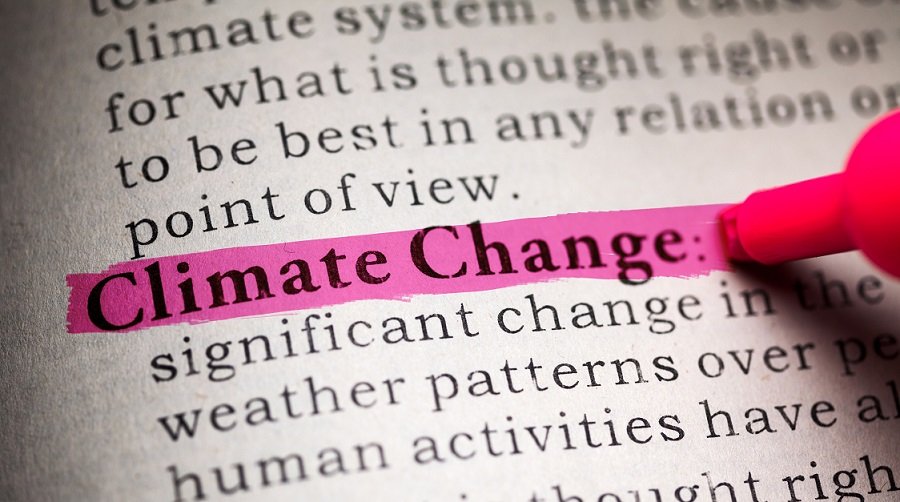At a regular press conference Oct. 27, 2022, China’s Ministry of Ecology and Environment released its 2022 report on the country’s policies and actions regarding climate change. The ministry prepared the report to show China’s main efforts to address climate change made since 2021, and share the country’s actions and experiences in this field.
The report consists of six chapters: New Measures Regarding Climate Change, Active Mitigation of Climate Change, Active Adaptation to Climate Change, Development of Policies and Support Systems, Active Participation in Global Efforts to Address Climate Change, and (China’s) Position and Opinions for the 27th United Nations Climate Change Conference (COP27).
Achievements of China’s “Dual Carbon” strategy
“Dual Carbon” refers to carbon peaking and carbon neutrality. The report lists the following achievements in these areas:
- Carbon dioxide emissions per gross domestic product fell by 3.8% in 2021 from the 2020 level. The cumulative total reduction from 2005 was 50.8%.
- Non-fossil fuel energy made up 16.6% of primary energy consumption. The total capacity of wind and solar power generation reached 635 million kW. Coal consumption per GDP also fell significantly.
- The cumulative total of carbon emission allowances (Chinese Emission Allowances [CEAs]) traded in the national carbon market was 194 million tons, or 8,492 million yuan ($1,195 million).
Active mitigation of climate change
Adjustments to the industrial structure
-
- New energy and new-energy vehicles as well as green and low-carbon development of industry were promoted.
- Blind development of projects consuming a large amount of energy and emitting large quantities of greenhouse gases were suppressed.
Optimization of energy structure
-
- Wind, solar and other non-fossil fuel energy were promoted.
- The clean use of fossil fuels was increased.
More effective energy conservation
-
- Energy conservation technology was promoted.
- The “energy conservation monitoring + energy conservation diagnosis” system was strengthened.
- The quality and efficiency of things in the industry sector were increased. For example, the comprehensive utilization of industrial solid waste was increased.
Reduction in the emission of greenhouse gases other than carbon dioxide
-
- The recovery and utilization of natural gas emitted into the air and byproduct gases emitted from oil fields were increased.
- The use of sulfur hexafluoride in the power grid was eliminated in phases.
- Separate waste collection was promoted, and the amount of household waste neutralized or recycled was continuously increased.
- Regulation on hydrofluorocarbons (HFCs) emission was tightened.
The full report (in Chinese) is available at
https://www.mee.gov.cn/ywdt/xwfb/202210/t20221027_998171.shtml
 China releases 2022 report on Climate Change Response Policies and Actions
China releases 2022 report on Climate Change Response Policies and Actions 

























